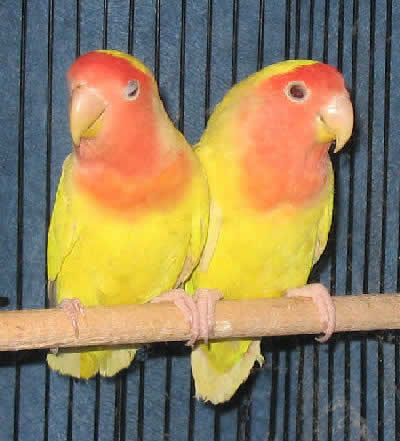Bird control is the generic name for methods to eliminate or deter pest birds from landing, roosting and nesting.
Bird control is important because pest birds can create health-related problems through their feces, including histoplasmosis, cryptococcosis, and psittacosis. Bird droppings may also cause damage to property and equipment. Birds also frequently steal from crops and fruit orchards.
Methods
Methods of bird control include physical deterrents, visual deterrents, chemicals and sonic/ultrasonic devices, contraceptives, trained birds of prey (falconry), among others.
Physical bird deterrents include such products as spike systems, bird netting, bird slope, electrified track systems, bird wire, bird spiders, and more. These products will not harm birds, they are simply designed to repel birds from an area. The Humane Society of the United States (HSUS) recommends the use of bird netting, wire, contraceptives and low-voltage electrified track. Bird control products are used widely throughout the U.S. and the world.
Chemical deterrents range from products for turf to avicides. There are taste aversion products for geese, and fogging agents used for birds. Many localities have restrictions on the use of chemicals and pesticides targeted at birds if they intend to kill them. Chemical deterrents that do not harm birds are allowed everywhere.
Sonic bird deterrents are used widely in large open areas. Sounds are audible, and include predator and distress calls of a variety of birds to discourage pest birds from coming into an area. Common locations for these devices include vineyards, reclamation plants, airports, and other open areas. Sophisticated digital sound reproduction combined with random time off intervals, and random sequences prevent habituation by birds, and increase long-term effectiveness.
Ultrasonic devices are designed for enclosed or semi-enclosed areas. Ultrasonic waves prevent birds from entering and remaining in areas such as warehouses, parking garages, and loading docks. These products are not harmful to birds.
A lightweight, spinning turbine, propelled by wind, and reflecting sunlight, has also controlled nuisance birds due to its random action. Birds do not become acclimated to the device, and their roosting habit is interrupted.
Read More →













